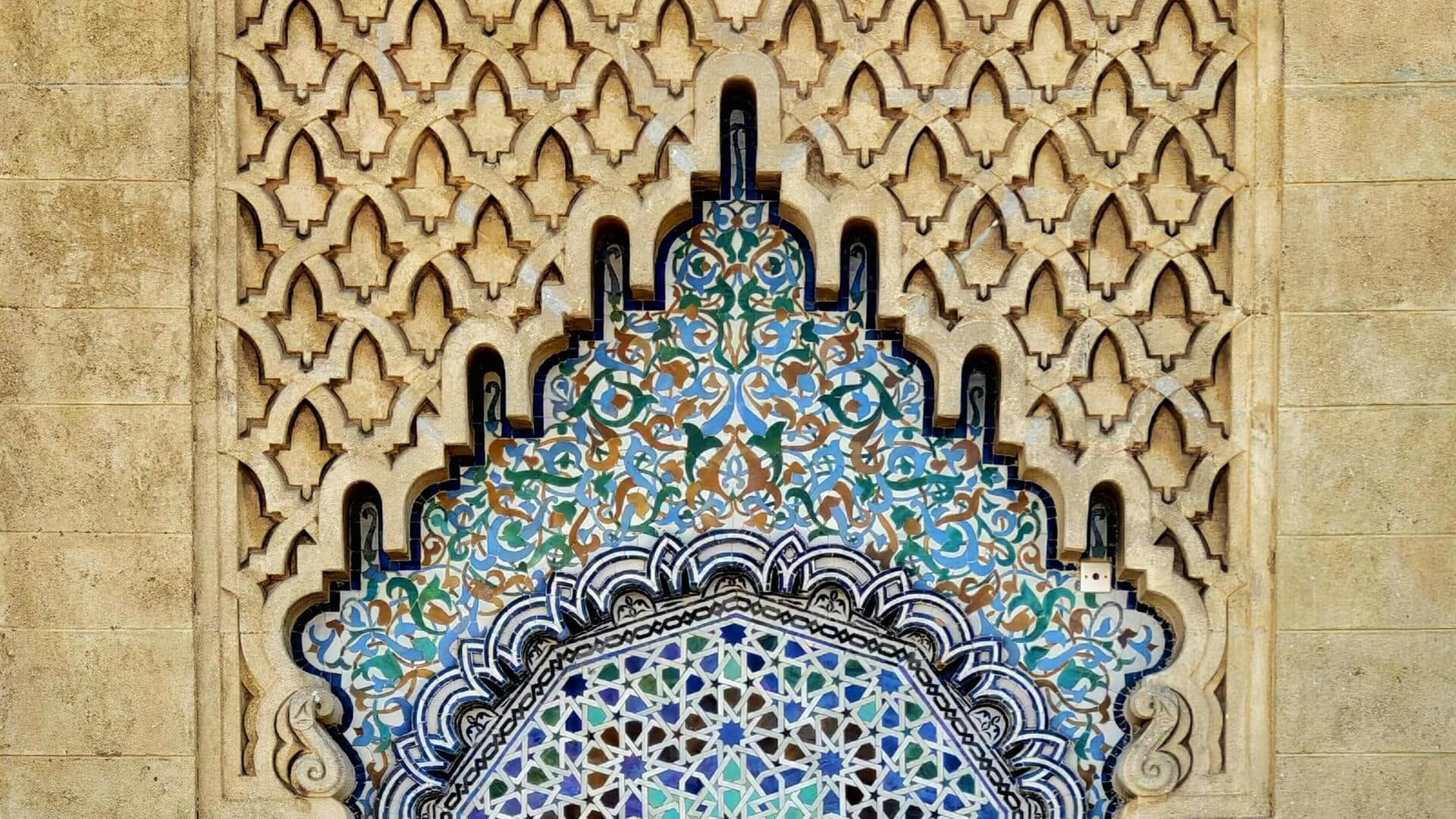
The mesmerizing world of Moroccan zellige tiles
What's the story
Moroccan art is famous for its intricate designs and vibrant colors, and zellige tile-making is one of the most fascinating aspects of it. This traditional craft has been practiced for centuries, resulting in stunning geometric patterns that adorn buildings. The art of zellige involves the precise cutting of tiles from clay and arranging them into complex mosaics. Here's a look at this timeless Moroccan art form.
Historical roots
The history of zellige tiles
Zellige tiles have a rich history dating back to the 10th century. The technique was brought to Morocco by the Moors from Spain. Over time, it evolved into a distinct Moroccan style, characterized by bold colors and intricate patterns. Zellige became popular during the reign of the Almoravid dynasty when it was used extensively in architecture.
Tile creation
The crafting process
Creating zellige tiles is no easy task. It begins with mixing clay with water and other natural elements to make a malleable paste. The paste is then shaped into small squares or triangles and fired in kilns at high temperatures. Once hardened, artisans hand-cut each tile into the precise shapes required for specific designs.
Pattern diversity
Design patterns in zellige art
Zellige art is characterized by a wide range of geometric patterns, from simple stars to elaborate floral motifs. Each pattern is carefully chosen for its aesthetic appeal and symbolic meaning. Artisans combine various shapes and colors to create harmonious compositions that are visually stunning and culturally significant.
Contemporary uses
Modern applications of zellige tiles
While zellige tiles have been traditionally used in architectural settings like fountains and courtyards, they are now making their way into modern interior design across the world. Designers love them for their versatility and ability to add texture and color to spaces without overwhelming them.